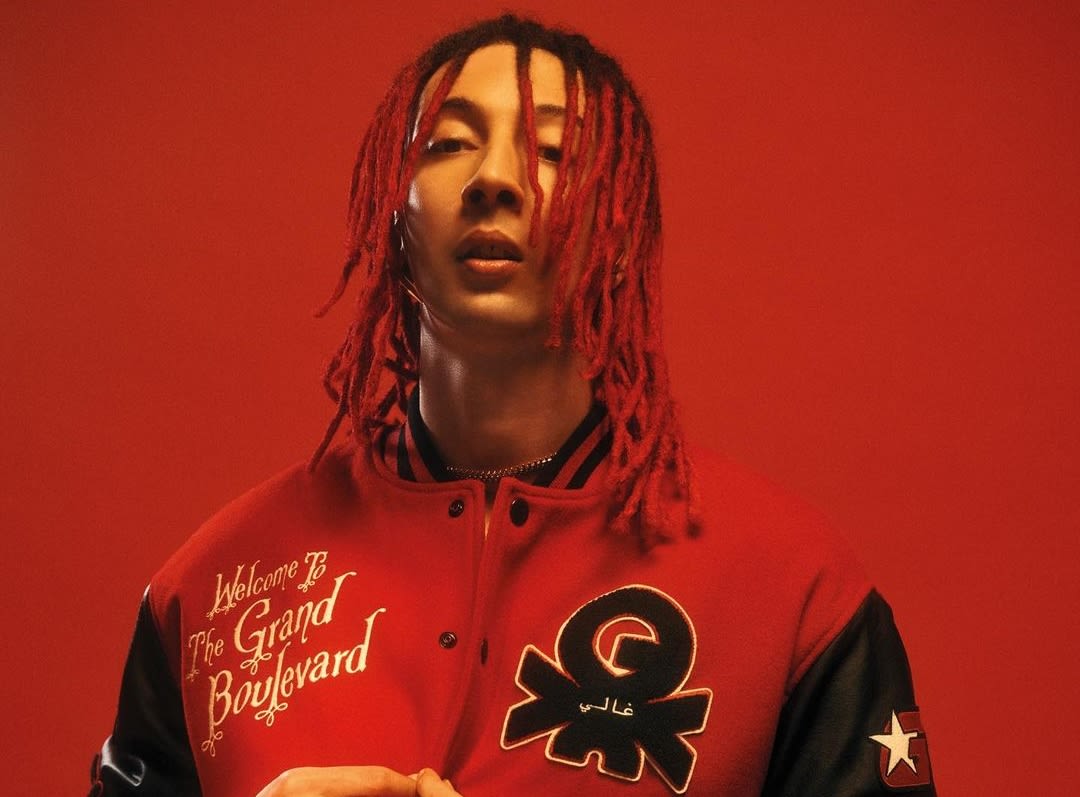You will change
An investigation into the use of blackface in Italy's public service RAI
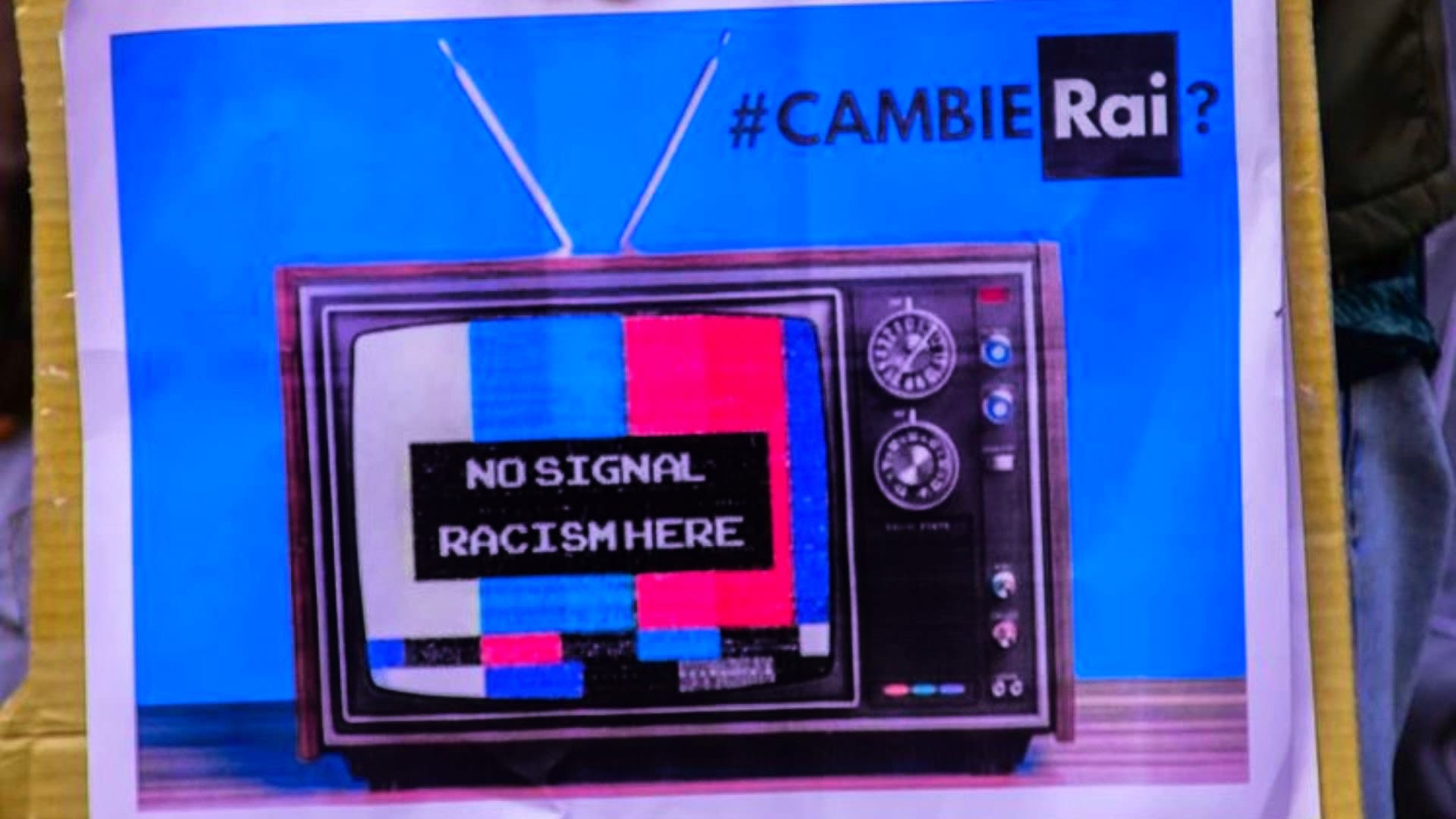
On 8 April 2021 crowds gathered in Italian cities of Milan, Rome and Turin in front of the headquarters of the country’s public broadcaster RAI to protest against the use of blackface on the network’s show named Tale e Quale.
The programme, which airs on Rai Uno, is one of the country's most popular primetime television shows, with over four million viewers. Since its debut in 2012, the show has been criticised for allowing celebrity contestants to perform interpretations of songs by other artists such as Beyoncé, Whitney Houston, and Aretha Franklin while wearing blackface.
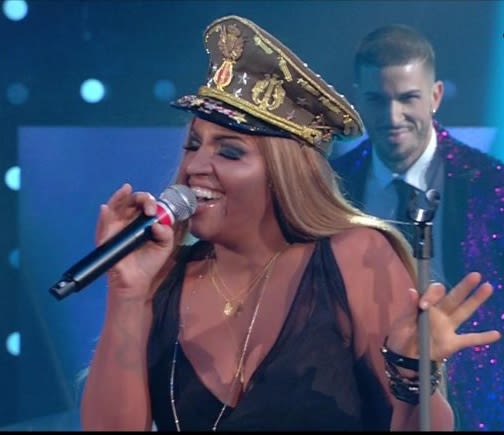
Italian singer Roberta Bonanno as Beyoncé (Tale e Quale Show 2019)
Italian singer Roberta Bonanno as Beyoncé (Tale e Quale Show 2019)
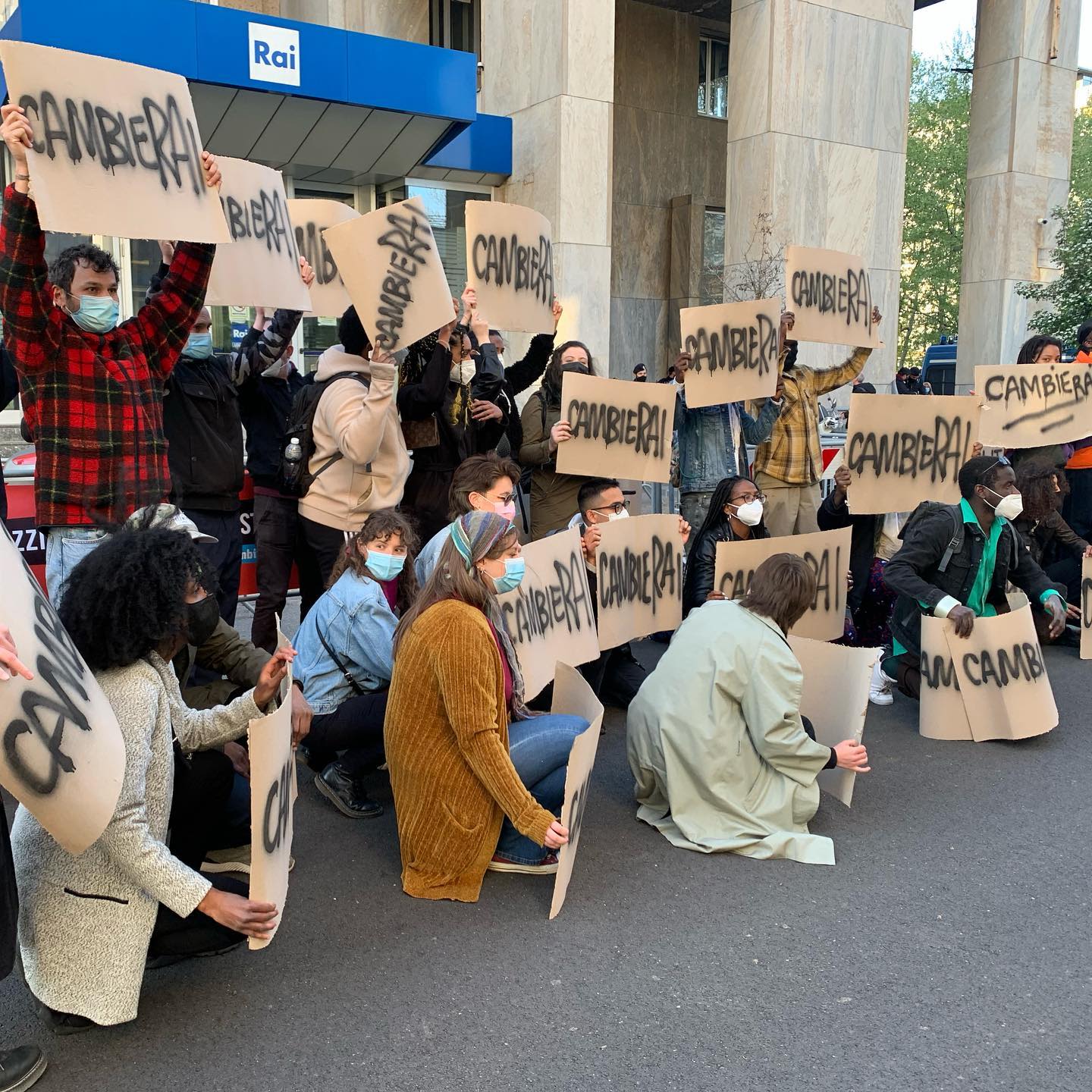
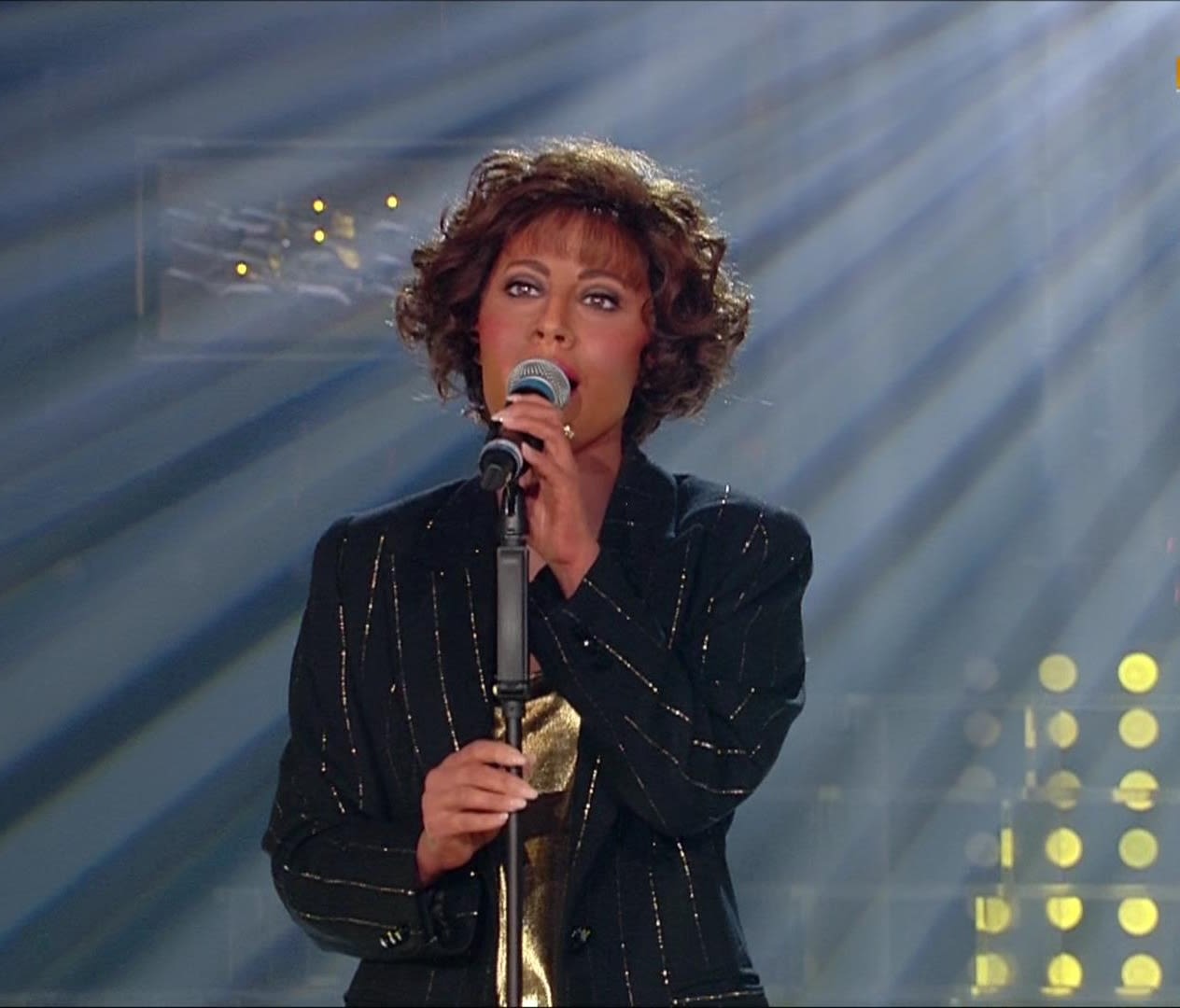
Italian singer Lidia Schillaci as Whitney Houston (Tale e Quale Show 2019)
Italian singer Lidia Schillaci as Whitney Houston (Tale e Quale Show 2019)
Kelly's story
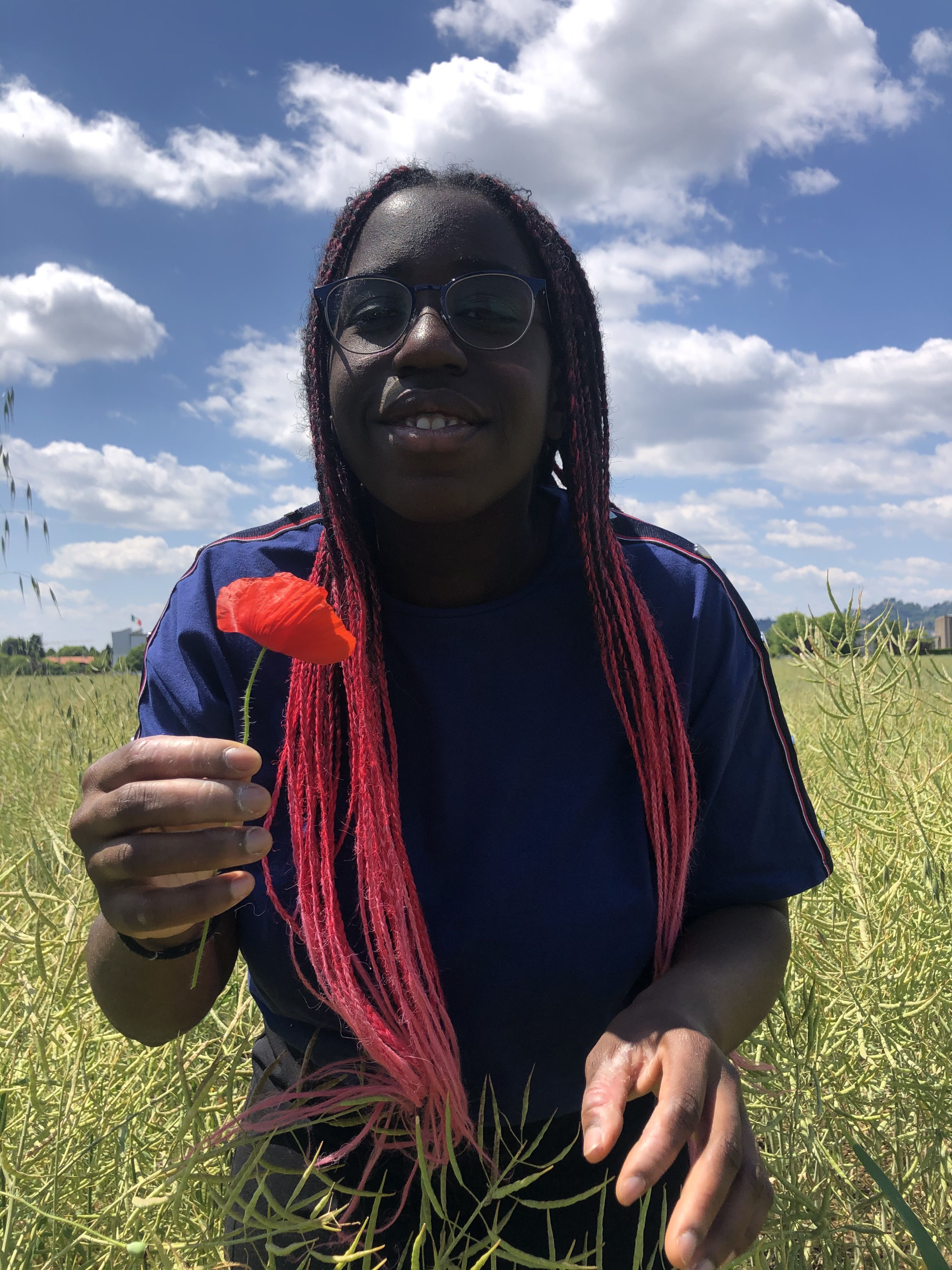
One of the demonstrators in Milan was Kelly Aboa, a 21-year-old nursing student at the University of Milano Bicocca.
Kelly was born and raised in Bergamo to parents from Ivory Coast who immigrated to Italy in the 1990s. She is also part of the local branch of the Black Lives Matter movement in her city. For black Italians like Kelly, watching Tale e Quale was "horrifying", considering that "seeing any black person in any Italian programme is really difficult," Kelly said.
The blackface criticism was picked up on a massive scale when actor Sergio Muniz imitated Tunisian-Italian rapper Ghali on November 20, 2020. The 28-year-old artist condemned the practice on social media, calling it "unnecessary." As a result of this, black Italian activists and allies empowered by the Black Lives Matter protests that year, created the campaign #CambieRAI on 5th April 2021.
The initiative- a play on the broadcaster’s name which translates as ‘you will change’- was founded to "educate about the implications of discriminatory choices on RAI." A letter was also sent to RAI calling for an end to the blackface practice on Tale e Quale.
Kelly was part of the #CambieRAI campaign. She said RAI often disregarded its own code of ethics to promote entertainment in an inclusive way.
Rai Per il Sociale is a department of RAI which focuses on promoting social issues in the company's programmes. To find out why blackface was allowed on the show, I reached out to Roberto Natale, the Director of Sustainability in Rai per il Sociale.
"There was no denigrating intention in that imitation, however we understand that blackface can be understood as offensive so we banned the practice. We were not made aware of its use before. It had not been reported to us, despite the preventive warnings. It happened without anyone noticing. But after the Ghali episode aired, the activist groups reported this to us, and from there a dialogue was born."
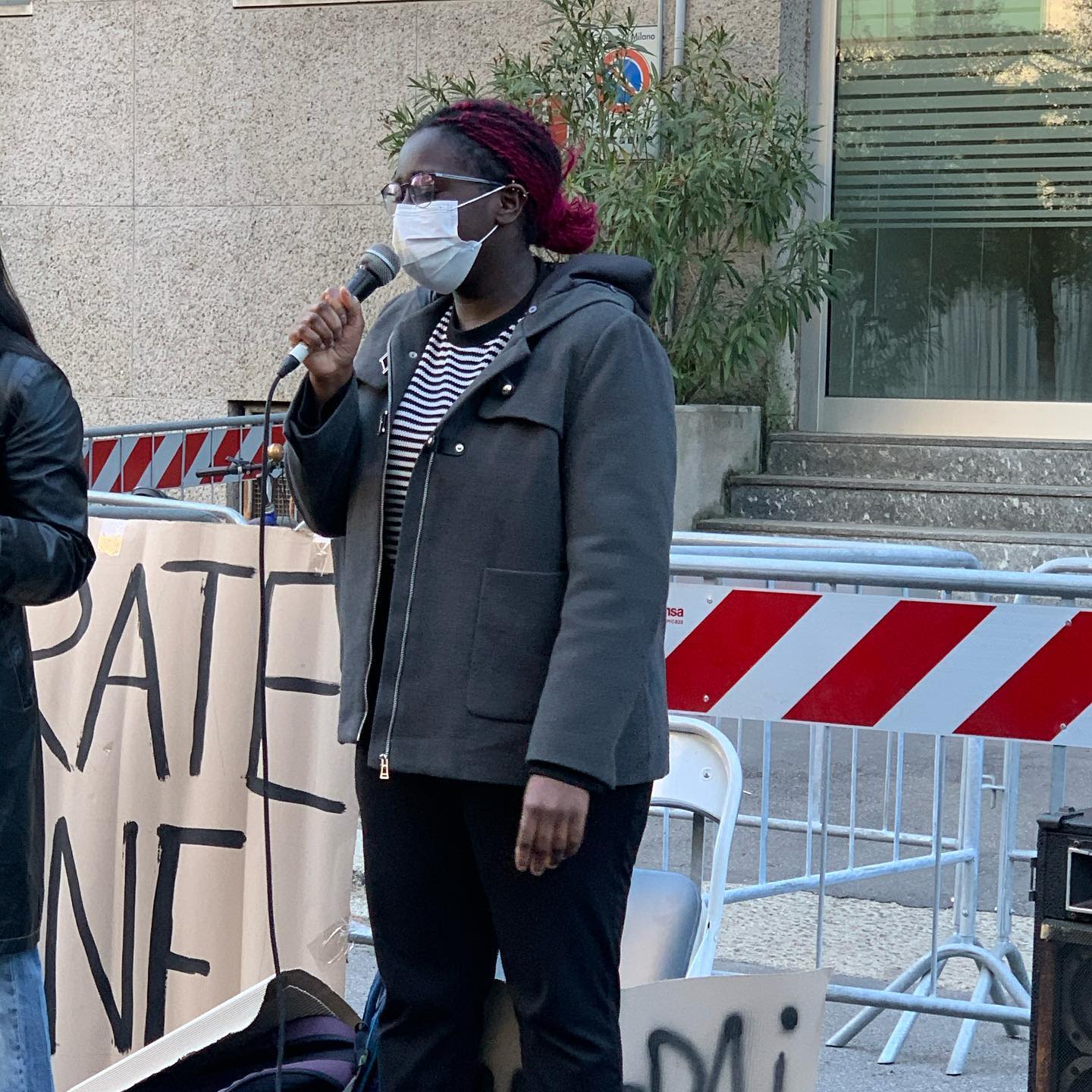
Kelly speaking outside of Rai's headquarters in April
Kelly speaking outside of Rai's headquarters in April
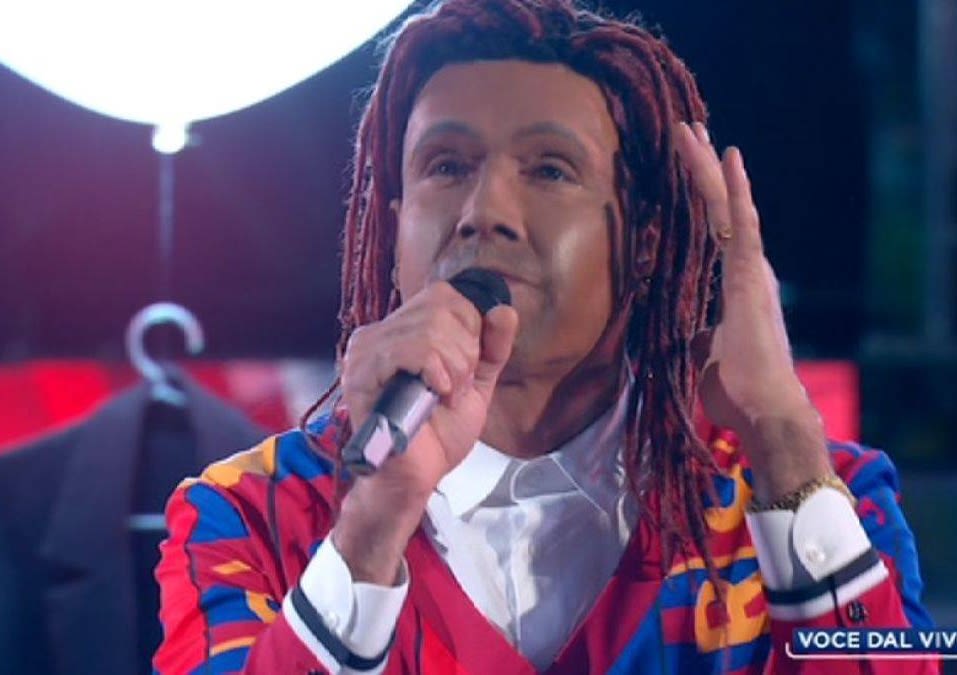
Italian actor Sergio Muniz as Ghali (Tale e Quale 2020)
Italian actor Sergio Muniz as Ghali (Tale e Quale 2020)
Alessia's story
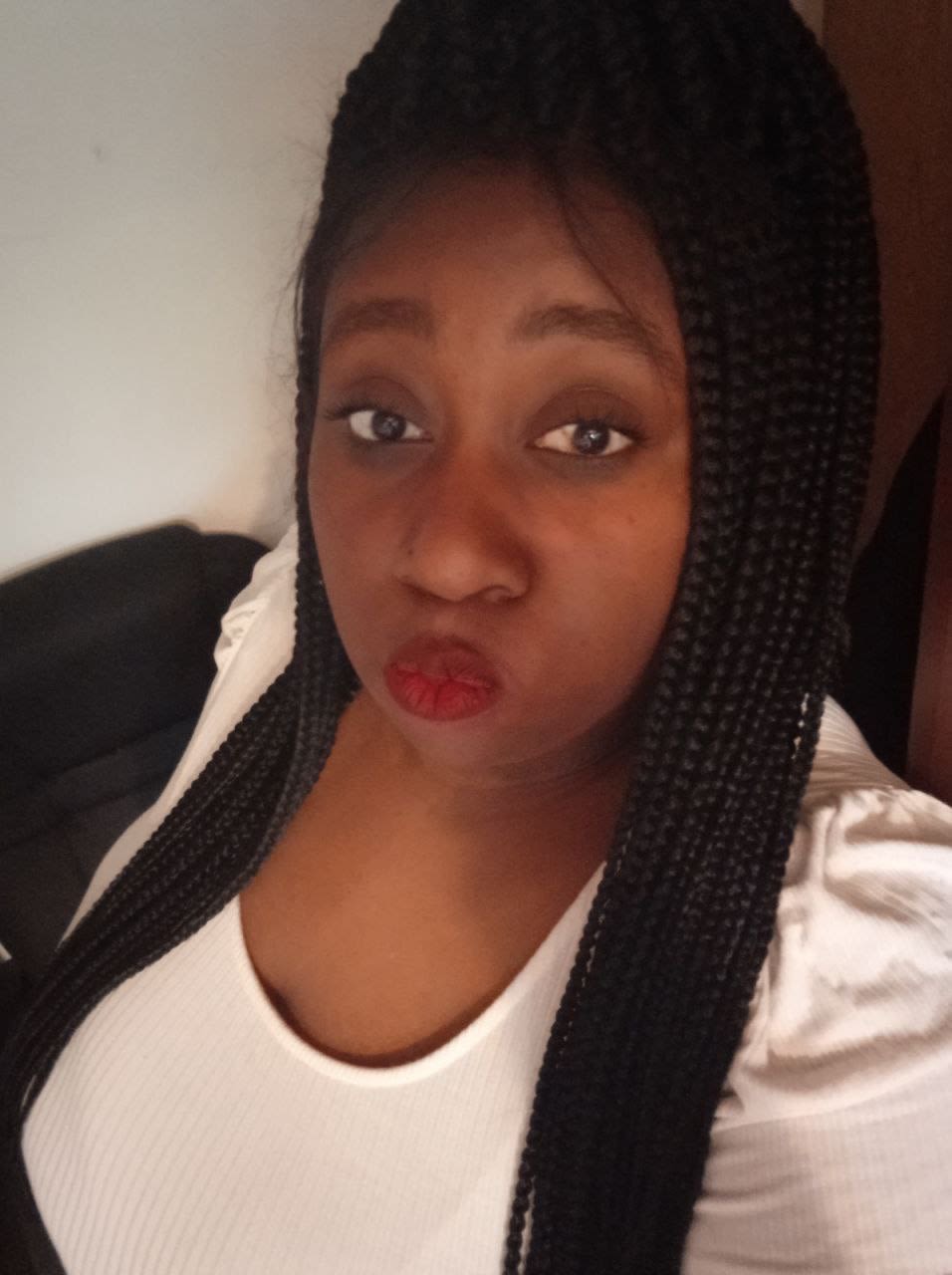
Alessia Reyna was one of the signatories to the #CambieRAI letter.
Alessia was born in Rome and raised in Milan to parents from America and Peru who migrated to Italy in the 1970s and 80s. Now living in London, the immigration consultant and law student, founded D.E.I Futuro Antirazzista (Diversity, Equity, Inclusion), formerly known as Black Lives Matter Italy.
Her Instagram page, with over 16,000 followers, has been keeping track of offensive content across Italian media, including RAI. Her page helped to raise the issue of blackface on the Tale e Quale show to a wider audience.
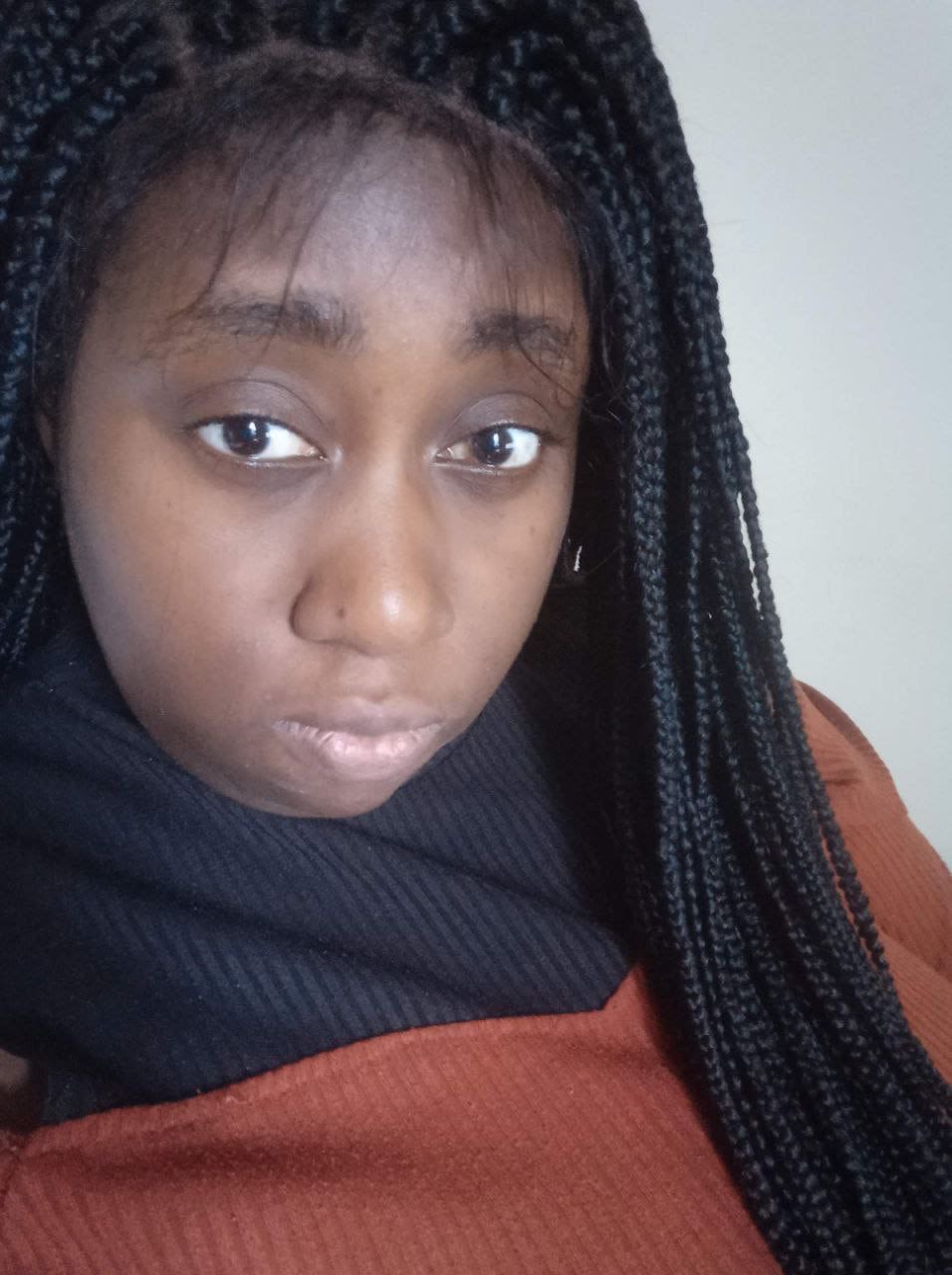
“If episodes of blackface occur, it means not everyone in RAI is always clear about the set of rules that the public service has to respect. Therefore it is important to highlight that whoever creates these programmes knows what is and isn’t right to do and to think about how their choices can affect the overall image of the public service”
A product of European imperialism

Blackface is a form of theatrical makeup used mainly by non-black people to portray a black person. It is less known that the practice originated in Europe.
Leonardo De Franceschi, a professor and researcher of cinema and media at the University of Roma Tre said it's important to reconstruct this correctly.
Professor Leonardo De Franceschi
Professor Leonardo De Franceschi
Since the first appearance of Italian blackface with Otello in 1906, the practice remained in the 1960s with Totòtruffa, and continues now with mostly comedy films, for example, Il Ricco, il Povero e il Maggiordomo.
Thus, although for several decades blackface had become socially unacceptable in other countries like the US or the UK, in Italy the technique remained in popular films and shows including Tale e Quale.
Historical background of blackface
Historical background of blackface
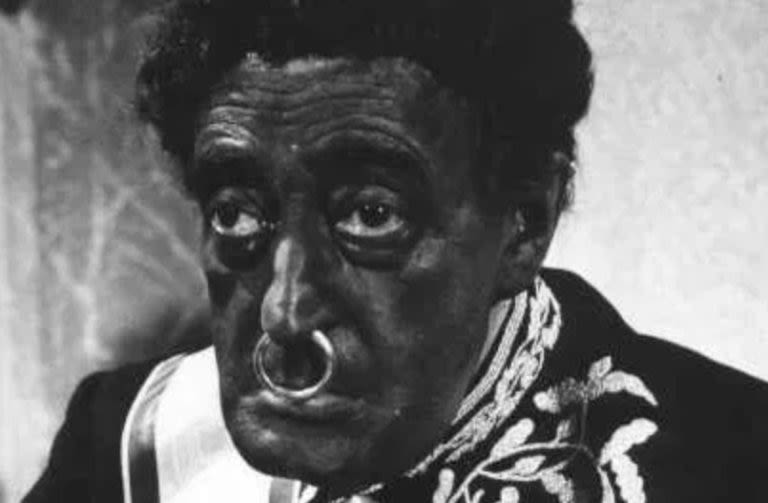
Blackface used in the Italian film Tototruffa in the 1960s
Blackface used in the Italian film Tototruffa in the 1960s
Alessia reacts to Italian actress Vladimir Luxuria as Ghali (Tale e Quale show 2018)
Alessia reacts to Italian actress Vladimir Luxuria as Ghali (Tale e Quale show 2018)
Italiani Brava Gente
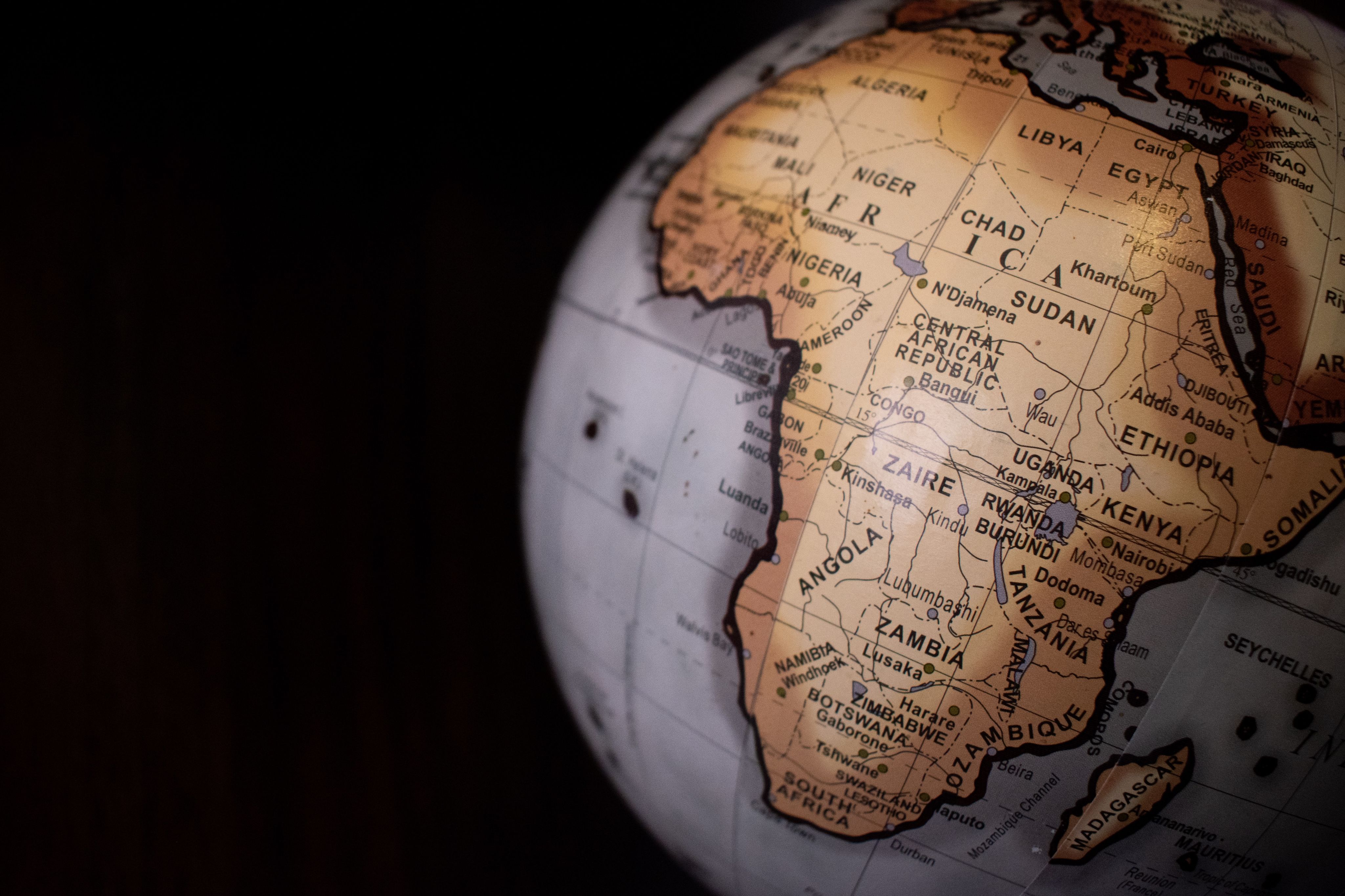
The use of blackface in Tale e Quale show has been linked to the different ways black and white people are represented, which derives from Italy’s colonial empire.
Angelica Pesarini, an assistant professor in Race, Diaspora and Italian Studies at the University of Toronto, said: “Italians have a romanticised version of colonialism, of the ‘brava gente’ (Italians are good people)."
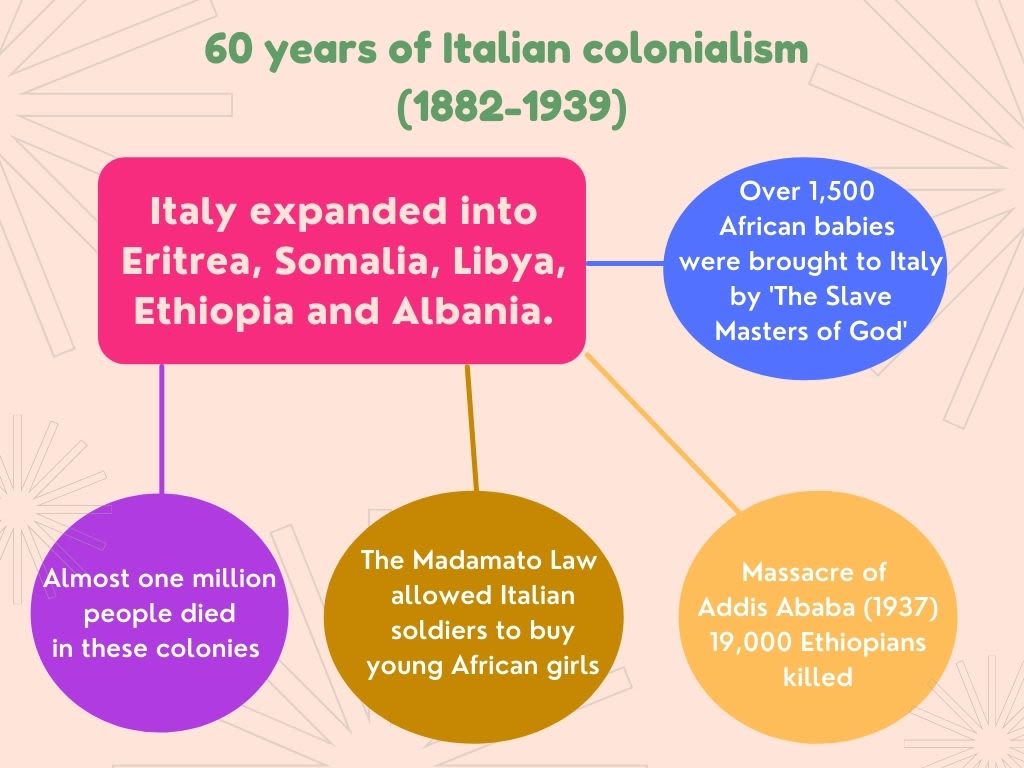
For this, Italy's “romanticised” colonial view has remained in the representation of black people in Italian television, leading to prejudices and stereotypes. The use of blackface on The Tale e Quale show has been branded as a “harmless celebratory act to the impersonated artists. "
Pesarini said: “It is very difficult to explain what blackface is in Italy where we are starting from a completely different concept of what race is. Such a thing in the UK is inconceivable. In Italy, everything is always said in ‘good faith’ or doesn't have the intention of causing harm while doing the complete opposite.”
Selam's story
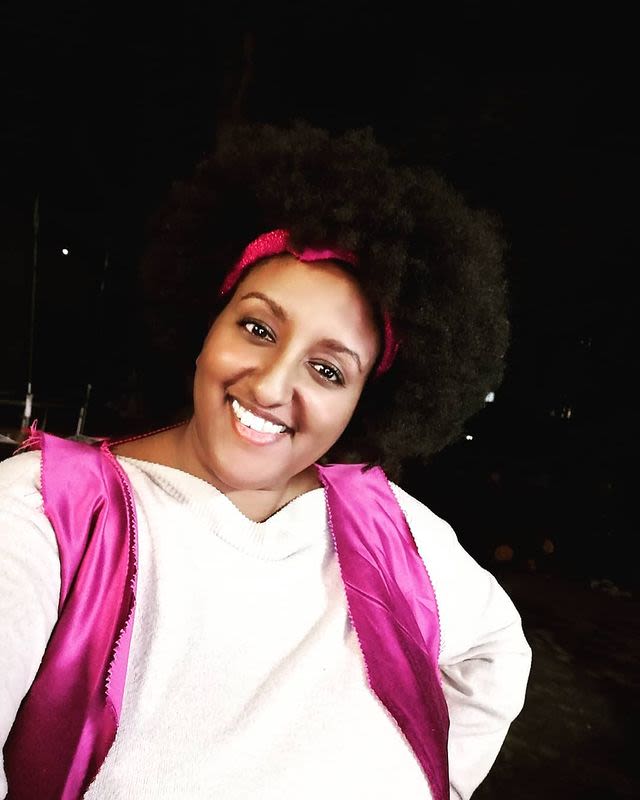
After the fall of the empire, Italy's black population, largely made up of immigrants from the colonies and Sub-Saharan Africa, began to arrive en masse in the 1960s.
Selam Tesfai’s parents are from Eritrea. Her mother and father, a Marxist involved in the Eritrean Liberation Front, moved to Milan in the middle of the 1970s. The 30-year-old project manager was born and raised in Milan. During the #CambieRAI movement, she opened up the first-ever Whatsapp chat between the activists which was essential in mobilizing coordination and support for the RAI protests.
Selam said: “Growing up in Italy I face daily racism, but above all, the look of strangeness from people hasn’t yet been completely removed. The look of an outsider, of a foreigner and the effect my body gives, which is absolutely an imperialist colonial construction, is the thing that disturbs me the most about Italy.”
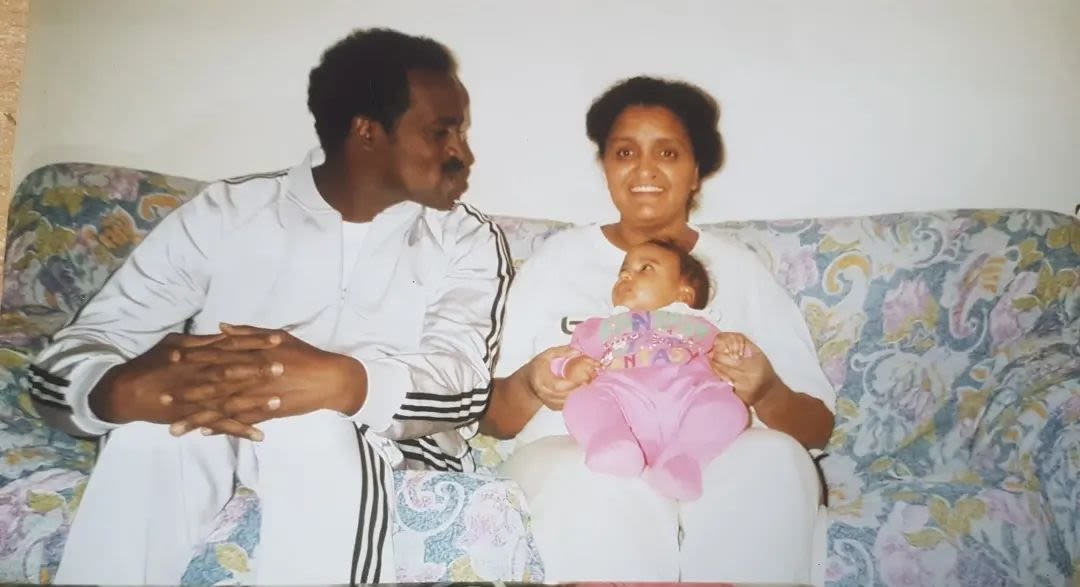
Little Selam with her parents
Little Selam with her parents
Number of immigrants from Africa to Italy (2016)- Scroll on image to visualize
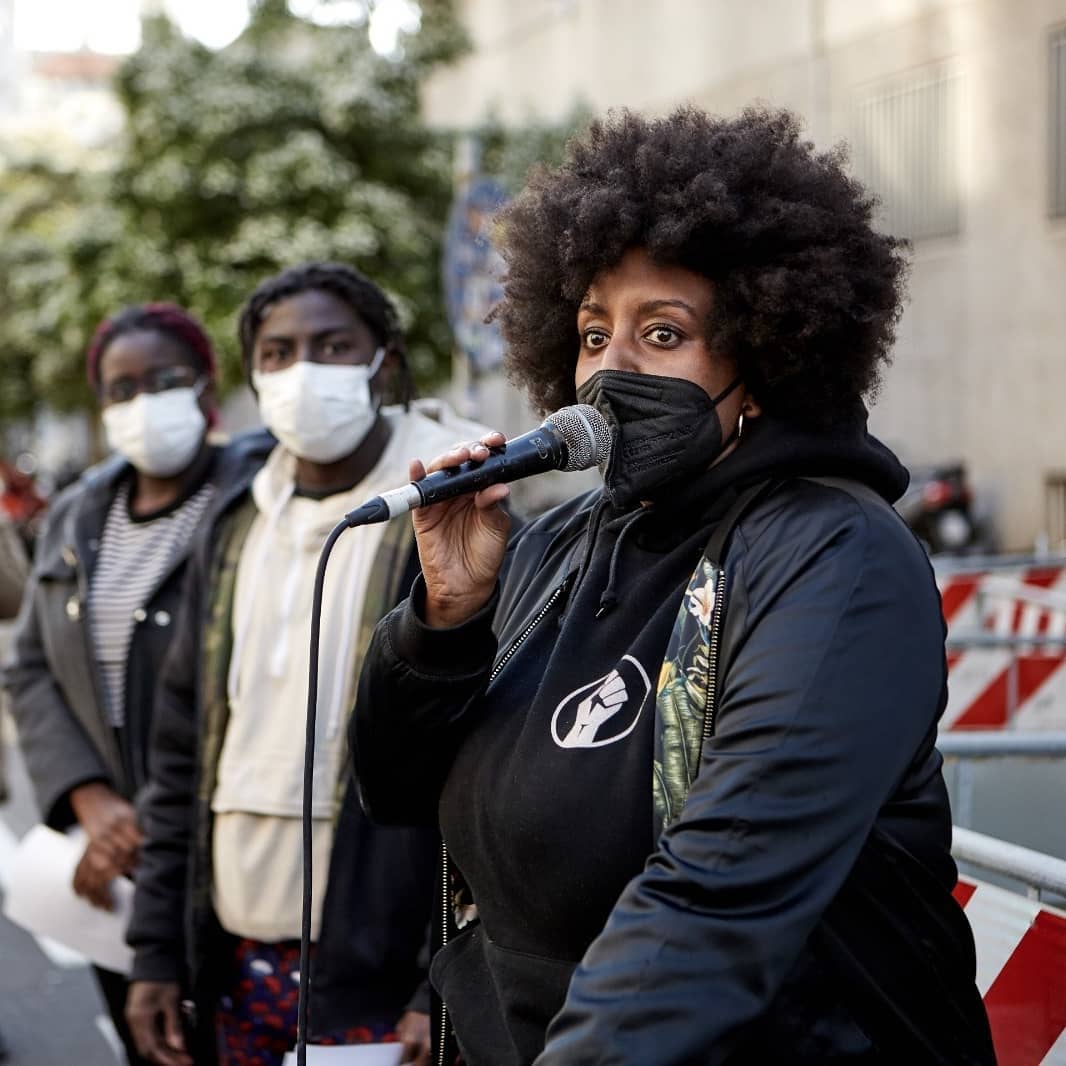
Selam Tesfai at the Rai's protests in April. Image credit @michaelyohanes87
Selam Tesfai at the Rai's protests in April. Image credit @michaelyohanes87
Second generation
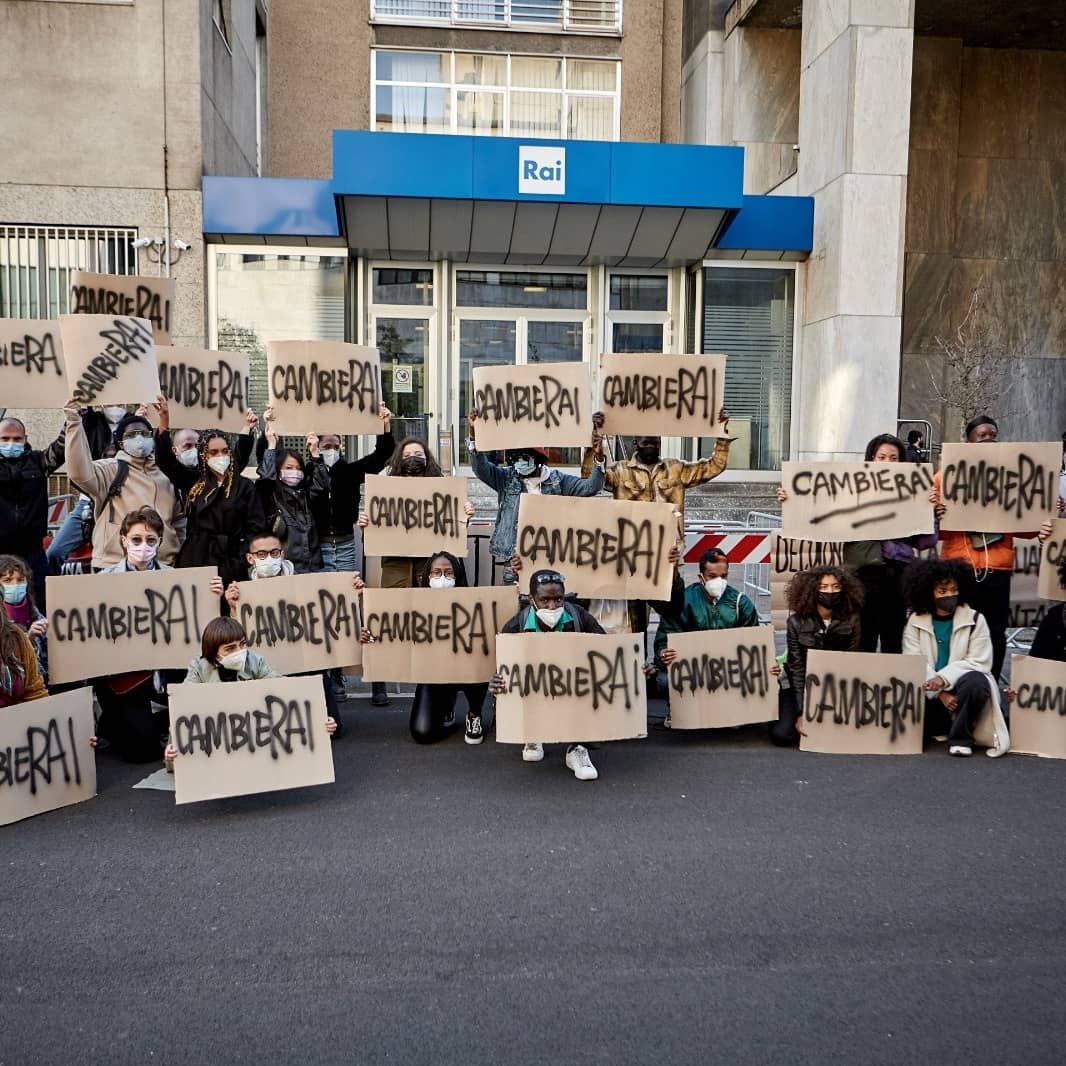
But if in the 1960s there were little to no discussions about the use of blackface, today there are millions of young black Italians and allies who are expressing their opinion about it.
Second-generation Tunisian-Italian rapper Ghali who was the first artist to speak out against the practice on the Tale e Quale show created "the first level of trigger against the norm,” De Franceschi said. “The norm was to target a white mainstream audience. But now there's an understanding that there are sections of the public who are ready to make themselves heard," he said.
The future of Italian TV and RAI
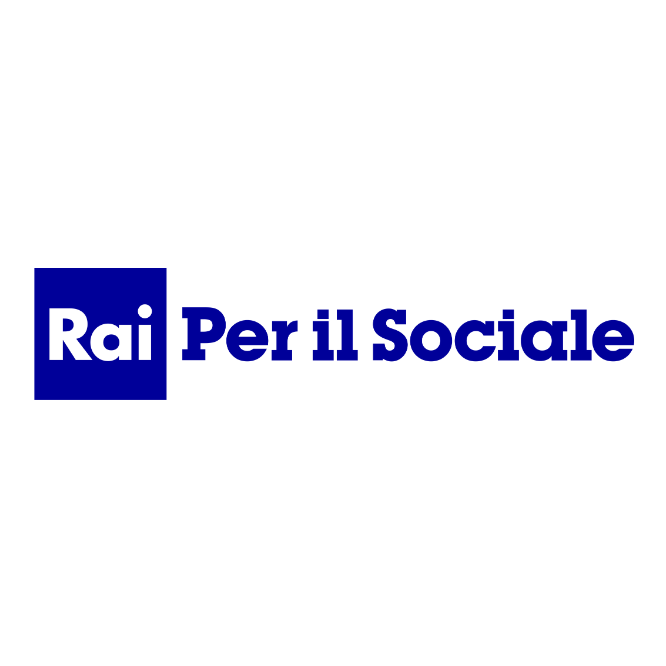
In February this year, Rai Per il Sociale created a discussion table with the activists involved in raising the issue, including #CambieRAI.
The Action Plan consists of proposals to increase the network’s diversity and representation on "the contents of programmes, the training of operators, and in hiring of a diverse staff," Director Roberto Natale said.
“We have the task of soliciting these proposals to a corporate body that is large and complex. I am confident this table will bring a better understanding and positive stimulus to the network. The new obligations of the public service are that of promoting social cohesion and inclusion. We hope to bring this dialogue into the contents of RAI.”
However, the activists recently claimed that, despite the ban, the use of blackface is still prevalent. At the end of last year, the Tale e Quale show featured black Italian singer Deborah Johnson wearing blackface to darken her skin. As a mixed-race singer, they allege she was used by the show to sing all black artists, “but the practice is still visible.” “Unfortunately, instead of moving forward we are going backwards,” Kelly said.
At the moment, Director Roberto Natale was unable to comment on this recent claim.

Deborah Johnson as Gloria Gaynor (Tale e Quale 2021)
Deborah Johnson as Gloria Gaynor (Tale e Quale 2021)
Alessia, Kelly and Selam on what they would like to see on Italian TV
Alessia, Kelly and Selam on what they would like to see on Italian TV

